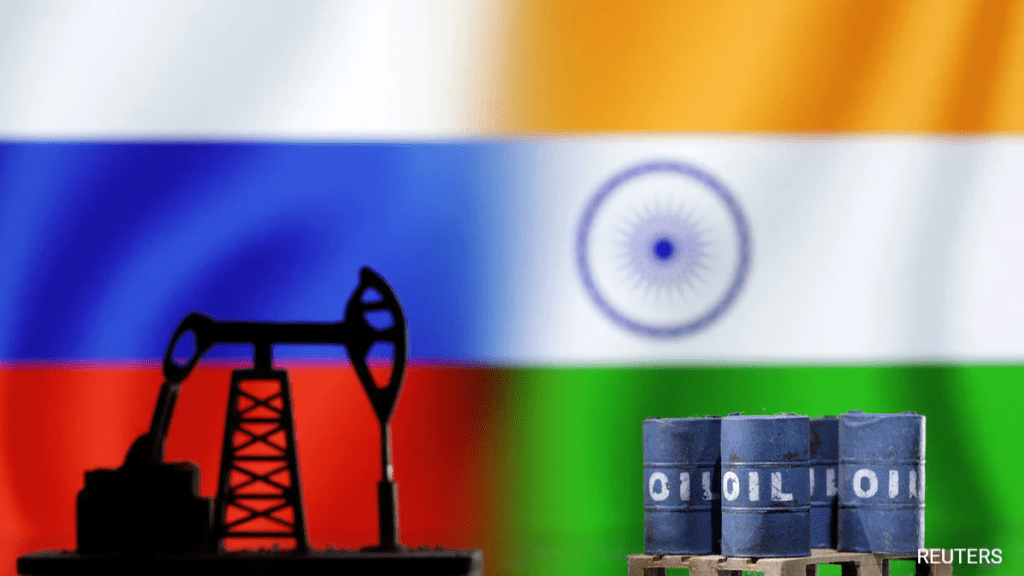India’s continued purchase of Russian oil has now come under renewed scrutiny after US President Donald Trump announced a 25% tariff on Indian goods starting August 1. In a Truth Social post, Trump accused India of maintaining “the most strenuous and obnoxious non-monetary Trade Barriers of any Country” and criticized its energy and defense ties with Russia.
Trump wrote, “They have always bought a vast majority of their military equipment from Russia, and are Russia’s largest buyer of ENERGY, along with China, at a time when everyone wants Russia to STOP THE KILLING IN UKRAINE — ALL THINGS NOT GOOD!” He also stated that India would face an additional unspecified penalty on the same date.
India’s Stance on Russian Oil Purchases in the last few months
Oil Minister Hardeep Singh Puri had earlier maintained that India would continue buying Russian oil as long as it did not violate United Nations sanctions. Puri said India is “not unduly worried” about potential secondary sanctions from the U.S. and highlighted India’s diversified energy sourcing strategy, with imports now coming from around 40 countries, compared to 27 in 2007.
“I’m not concerned at all. If any issues arise, we will handle them,” Puri said, noting that India could turn to suppliers like Guyana, Brazil, and Canada if Russian shipments were disrupted.
Trade Frictions Rise as Tariff Deadline Nears
India’s commerce ministry, which is leading trade talks with the U.S., has yet to respond to Trump’s announcement. However, Indian officials have repeatedly defended their energy policy, pointing out that purchases from Russia are conducted below the West’s price cap and comply with international law.
India’s ambassador to the UK, Vikram Doraiswami, recently remarked that India “cannot switch off its economy” by halting Russian oil imports, emphasizing the country’s energy security needs as the world’s third-largest oil importer.
With Trump’s 25% tariff set to take effect from August 1, the dispute could further strain India-U.S. trade relations, with energy policy emerging as a central point of contention.
